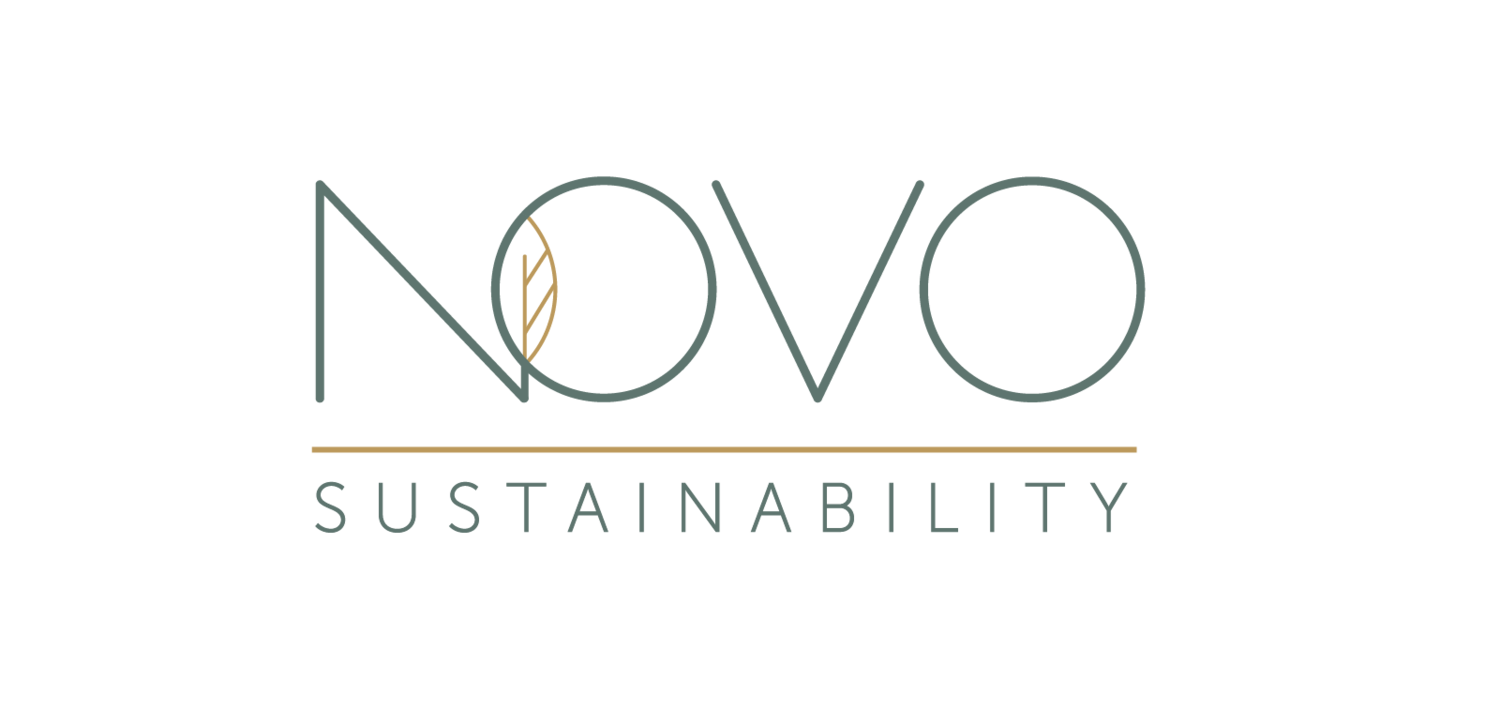How to Make Your Employee Wellness Program Work
/By: Laci Hoskins
The term “wellness” is a hot topic in the corporate world. Wellness, as summarized from Webster’s, is a deliberate effort to be healthy in body and mind.
Most people in developed countries spend more than half of their waking hours at work, making the workplace partially responsible for an individual’s health. Many HR departments recognize this correlation and have begun to roll out employee health and wellness plans.
A 2012 study by the Society for Human Resources Management (SHRM) showed that most companies see wellness programs as a way to reduce health insurance costs while increasing productivity, aiding in employee retention and recruitment, and reducing absenteeism.
However, more than half of the surveyed companies stated their wellness programs were not effective. Why? Because an HR policy alone cannot motivate and engage employees.
In a typical organization the HR department does not interact with other internal departments like Procurement or Real Estate. This sort of siloed operation is detrimental to the success of wellness programs.
Let’s look at two typical tenant improvement projects and compare the different outcomes of a hypothetical health and wellness program to see how the Procurement and Real Estate departments (or processes in smaller companies) can impact a company’s health and wellness program.
As you can see, collaboration is king. Workplace design needs to support wellness programs to make it easier for employees to participate. Procurement and Real Estate play a huge role in supporting wellness programs to ensure they perform the way HR intends.
Note that the initiatives listed in this comparison are basic components to a wellness program but there are countless other considerations to think about, including indoor air quality, access to daylight, and ongoing office operations. Some of the design components listed in the example do not add costs to the project, while others, such as height adjustable desks come with a small premium. However, the benefits of health care savings and increased productivity outweigh the additional costs.
The bottom line: where we work affects how we work. Our workspace environment impacts our overall health and should be a consideration when relocating to and building out new space, or renovating an existing space.
Originally published on LinkedIn March 15, 2016


